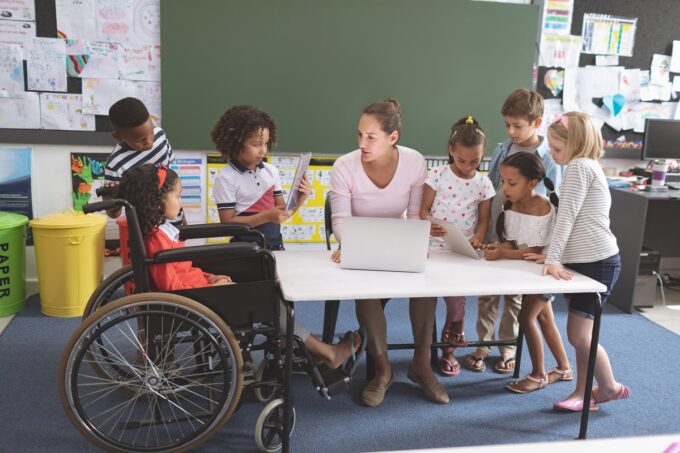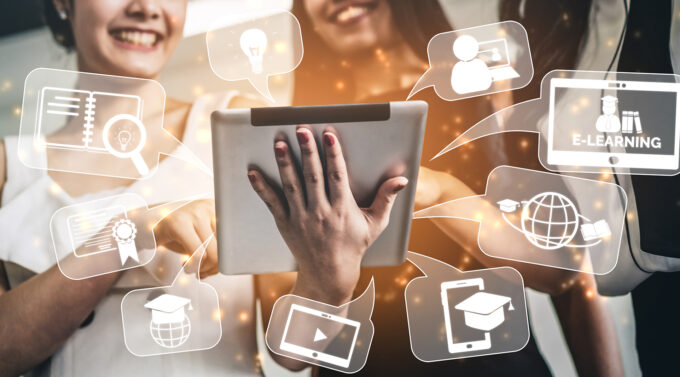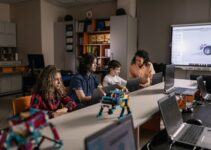
Source: acerforeducation.acer.com
In an ever-changing world, education has found new pathways. As physical barriers fall away, learning transforms into an accessible journey for all. One of the biggest forces behind this change is the rise of digital libraries. With these resources, learners have the ability to explore vast amounts of information instantly.
Accessibility and Inclusivity in Education
For generations traditional libraries served as the primary hubs of knowledge. However, they came with limits—geography and opening hours were just two examples. Digital libraries remove these restrictions allowing people from all corners of the world to tap into valuable resources at any time. Learners who might not have had access to such extensive material before now have the chance to read rare texts and hard-to-find books with a few clicks. As long as there is an internet connection knowledge becomes universal.
In addition the format of these libraries makes them more inclusive. Digital libraries offer materials in multiple formats which can be accessed by people with different needs and preferences. Whether through text-to-speech features or adjustable fonts individuals with learning challenges or disabilities find the platform easier to navigate. This flexibility in learning means education becomes more personal and adaptable.

Source: stjudes.com.au
Empowering Independent Learning
Digital libraries are not just convenient—they are tools for empowering learners to take control of their education. In the past students often had to wait for specific books or access only what was available. Now they can dive into subjects that interest them at their own pace. This self-guided study encourages curiosity and deeper exploration.
Another benefit comes from the way digital libraries house not only books but also academic journals, videos, and interactive content. These various mediums enhance the learning experience by allowing users to approach topics from different angles. It promotes critical thinking by showing students how to compare sources and analyze information from different perspectives.
Challenges of Digital Learning Spaces
Yet while digital libraries offer much promise they are not without drawbacks. The abundance of material can sometimes feel overwhelming. Without proper guidance, some learners may struggle to find the right sources or organize their research. Moreover, technical issues such as unreliable internet or outdated devices can prevent access for some individuals.
There is also the question of digital literacy. To fully benefit from these resources users need to know how to navigate them effectively. Teaching students how to use these libraries may require additional educational support and programs to bridge the gap.

Source: resources.norrag.org
Shaping Tomorrow’s Learning
As we look forward it is clear that digital libraries will continue to shape education in profound ways. The vast collections they offer will likely expand allowing learners even greater access to knowledge than before. The challenge lies in making these resources accessible to all in every corner of the world. Balancing technology with human guidance will ensure that students use these tools to their full potential.
What does the future of learning hold? As more institutions adopt digital resources we may see an evolution in how education is delivered. Digital libraries have already begun breaking down traditional barriers. The next steps involve building a world where learning knows no limits.



